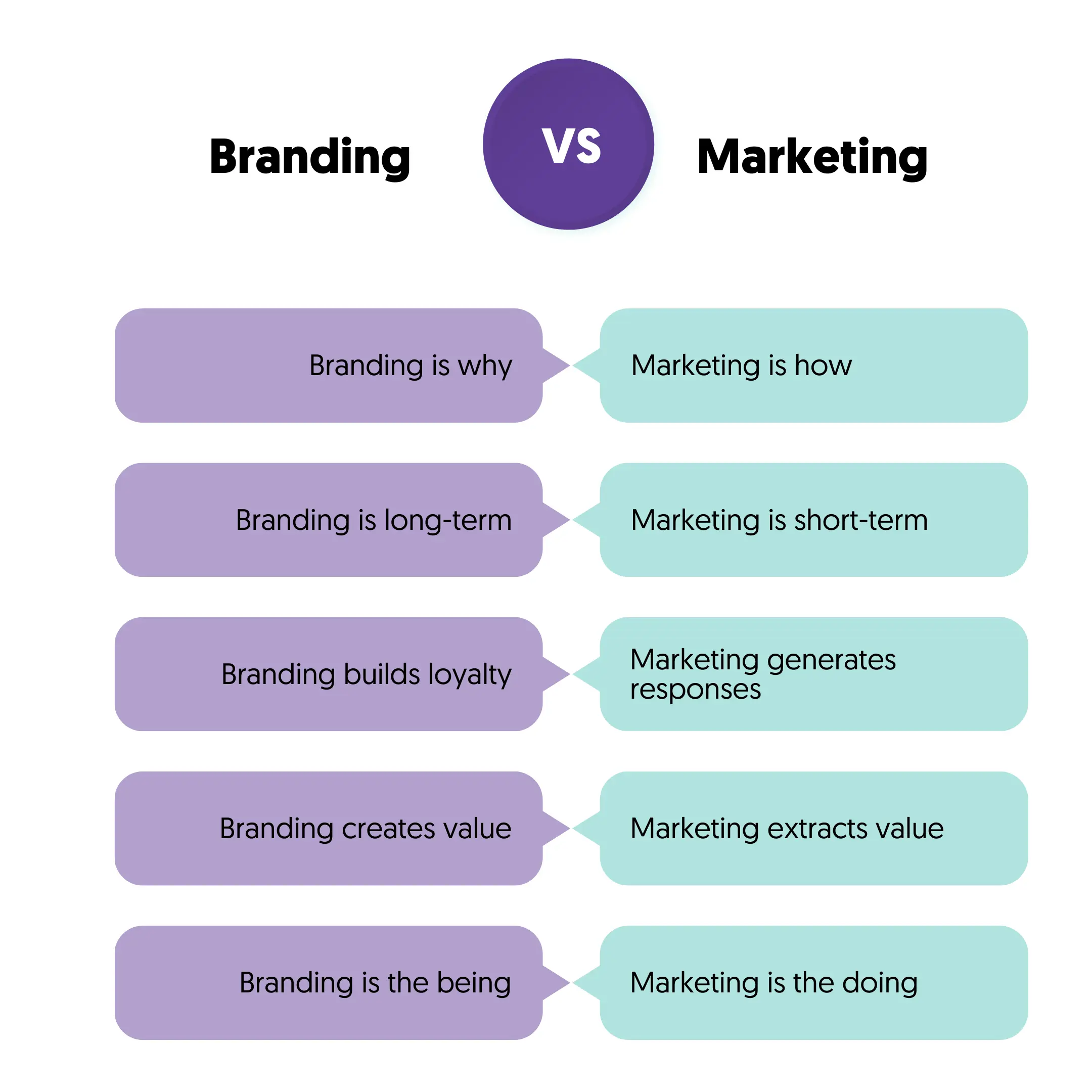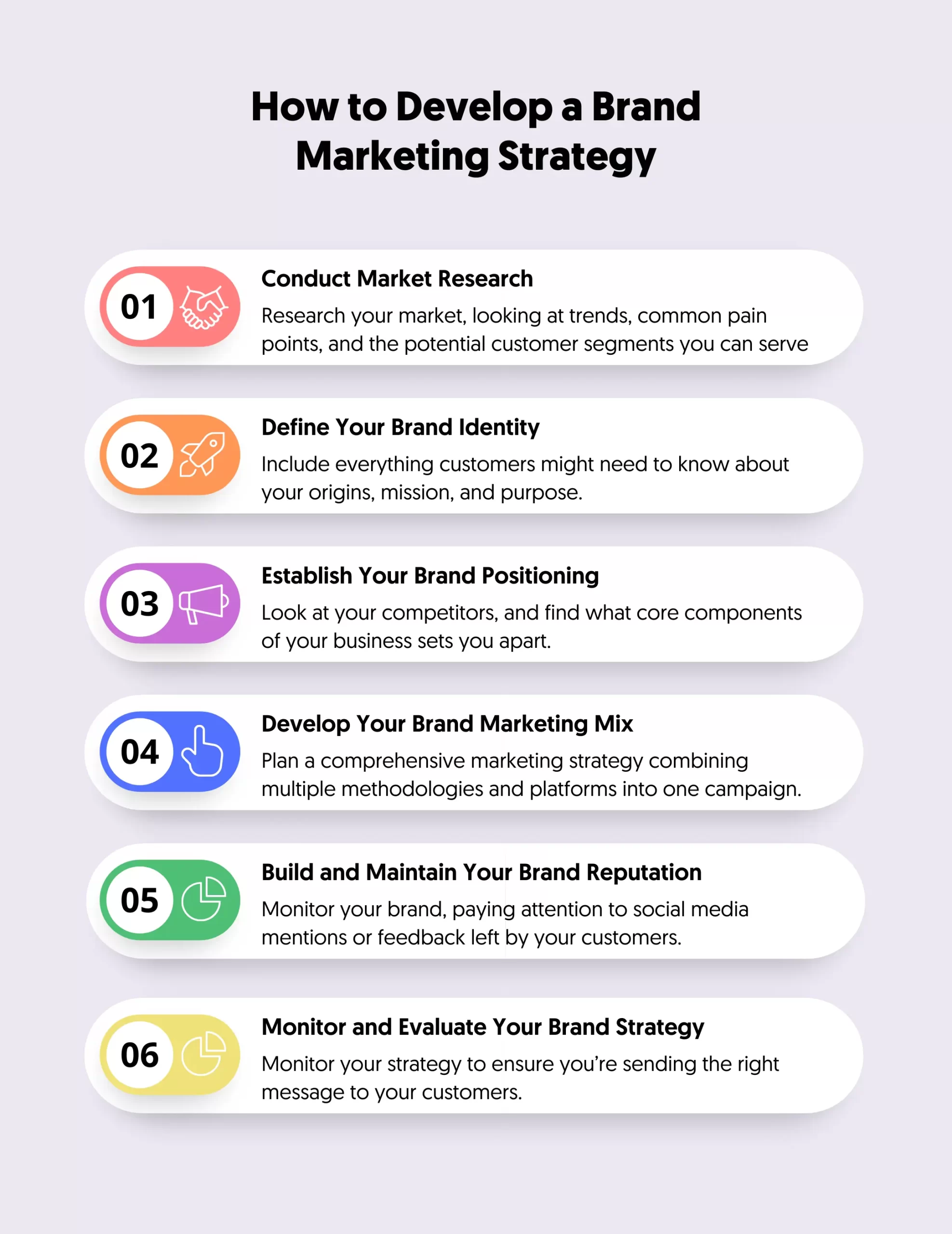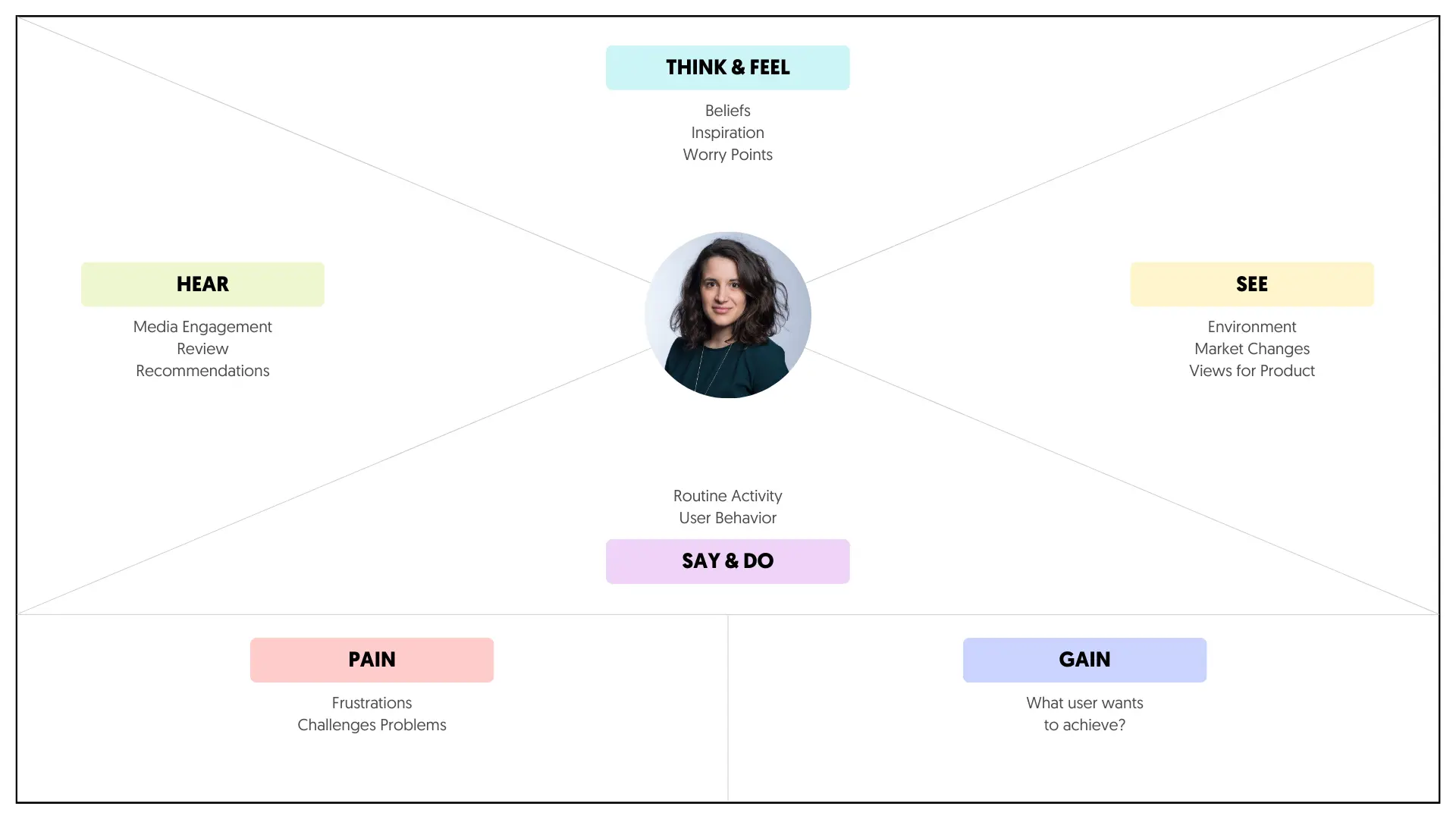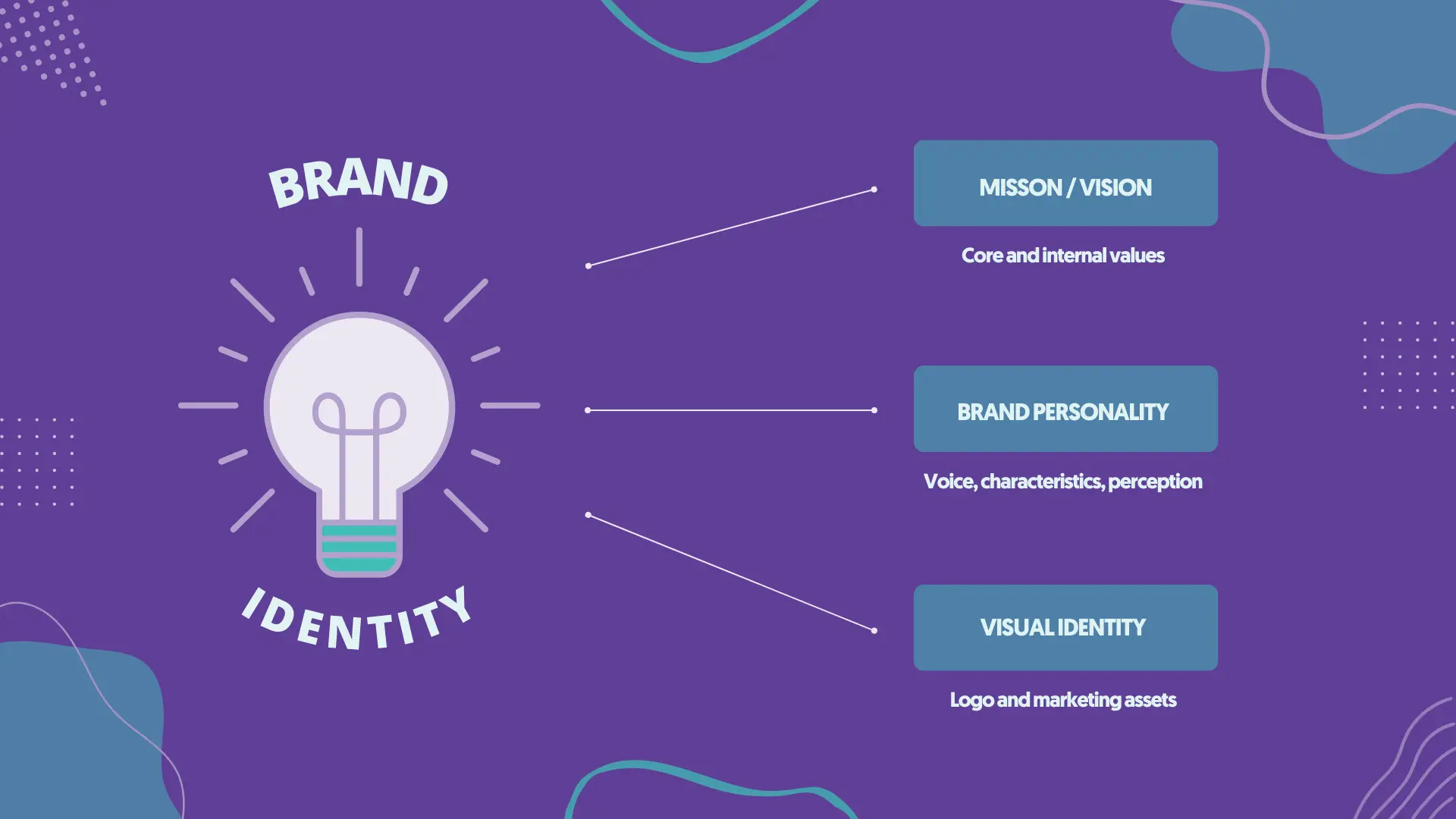For any business owner, few things are more important than connecting with your target audience. Companies in any industry don’t just sell products, they promote a specific promise, building consumer relationships through consistent values and experiences.
When customers look for products, services, or solutions to their problems, they’re not just searching for a specific feature set. They’re actively hunting for companies that can deliver their desired benefits while aligning with their personal expectations and ideologies.
Through brand marketing, organizations can position themselves as the ideal resource for their consumers.
With the right strategy, you form an emotional link with your customers, encouraging them to continue purchasing from you, even when cheaper solutions enter the market.
What is Brand Marketing?
We should first note that branding and marketing are generally two separate but overlapping concepts.
Marketing is all about promotion. It involves finding ways to reach your audience through various channels, from direct email campaigns to PPC, SEO, and content marketing. Marketing focuses on drawing attention to a specific aspect of your business.
For instance, when you develop an email marketing campaign to promote a new sale or offer, you’re drawing attention to that promotion.
On the other hand, branding is about building an identity for your organization that resonates with your customers.
Your brand isn’t just your logo or website color palette. It encompasses everything a business does to help audiences perceive them in a specific way.
Everything from your business name to your tone of voice in marketing messages influences how people feel about you.
Brand marketing involves using marketing techniques to draw attention to your brand identity actively.

Rather than focusing on the features or capabilities of the products and services you sell, you concentrate on highlighting what makes your brand unique or special.
It’s about building trust and credibility. After all, 81% of consumers need to trust a brand to buy something.
Brand marketing promotes the entirety of your brand identity, from your unique selling proposition to your approach to customer service.
The channels companies use for brand marketing are typically the same as those used for product marketing campaigns. You can leverage paid search advertising, social media, and offline advertising.
The primary difference between the two forms of marketing is that with brand marketing, your focus is on highlighting your identity and your unique values, vision, and business mission rather than the products and services on offer.
Why Is Brand Marketing Important?
As mentioned above, today’s consumers want more from a company than access to the right features and products.
Loyalty and customer retention are built on an emotional connection between a consumer and a company. The only way to develop this emotional connection is to develop a brand that earns you an important place in your consumer’s minds.
Brand marketing is a way of developing a consistent, compelling identity for your organization that resonates with your customers.
With brand marketing, you show your customers that your company stands for more than just making a profit. You connect with your clients based on their specific values and demonstrate a vision that separates you from the competition.
Brand marketing can help to:
- Strengthen your reputation: Consistently drawing attention to your business and what makes it different (such as your brand vision and values) helps to highlight your unique selling points and makes it easier for customers to remember your company.
- Influence purchasing decisions: Customers purchase products based on their perception of a company and what it stands for. One study found that 82% of surveyed consumers buy from brands that showcase a specific mission or purpose.
- Improves marketing ROI: Customers are more likely to remember brand marketing campaigns because they focus on developing an emotional connection. The right strategy can draw attention to your entire company rather than just a select number of products.
- Increase access to talent: Companies with a strong brand presence are more likely to attract talented candidates to their teams. Around 80% of job seekers say they won’t even consider applying to work with a company with a poor brand reputation.
- Differentiate you from the competition: While any company can create a product with similar features and capabilities, copying a comprehensive brand identity is far more difficult. A good brand marketing strategy helps to separate you from your peers.
How to Build a Brand Marketing Strategy?
A comprehensive brand marketing strategy involves more than just exploring a range of different advertising campaigns.
To truly showcase your brand in the best possible light, you must understand what your company stands for, your competitors, and your target audience.

Here are the core steps involved in building a brand marketing strategy:
- Conduct Market Research
- Define Your Brand Identity
- Establish Your Brand Positioning
- Develop Your Brand Marketing Mix
- Build and Maintain Your Brand Reputation
- Continuously Monitor and Evaluate Your Strategy
1. Conduct Market Research
The first step in any successful brand marketing strategy is research. Understanding where your business stands in your current landscape is crucial to ensure you can connect with your audience and outshine the competition.
Start by researching your market, looking at trends, common pain points, and the potential customer segments you can serve.
Focus on finding a specific niche market for your audience. Don’t try to be everything to everyone. Instead, ask yourself what kind of customers you’re best positioned to support.
Think about which audiences in your industry are currently underserved by existing brands.
A good way to ensure you can step into the shoes of your intended customers for marketing and sales campaigns is to create a set of user personas.

These personas should outline exactly who your customers are, looking at everything from their demographics (age and gender) to their purchasing behaviors, values, and goals.
Think about the challenge your business can solve for your consumers and their primary pain points.
Aside from looking at your target audience, you should also research your competition.
In any industry, there are likely to be similar organizations selling products or solutions like yours.
Define who your main competitors are, and ask what their strengths and weaknesses are. How does your business outshine other companies, and what makes you special?
2. Define Your Brand Identity
Based on your research, it’s time to start working on your brand identity. Notably, there’s more to a compelling identity than designing a great name or logo.

You’ll need to think about the following:
Your brand mission/vision: What does your business stand for?
What are your company's core values, and what do you want to accomplish in your industry (aside from making a profit)?
What led you to create this company in the first place, and how will you ensure you deliver on your promises for great services, products, or experiences?
Your brand personality: If your company was a person, what characteristics would it have? Do you want to be seen as friendly and informal or educated and authoritative?
How do you want your customers to perceive you when creating your marketing assets? What tone of voice will you use in your advertising campaigns?
Your visual identity: What should people see when they interact with your business? How can you use your logo to convey your core values and personality? What sort of colors will you use to elicit emotional responses from your target audience?
Remember, the right colors can increase brand recognition by up to 80%.
Your visual identity may include a number of additional assets alongside your logo and color palette, such as brand photography, iconography, and even typography choices.
Cultivate a comprehensive brand story, which includes everything customers might need to know about your origins, mission, and purpose.
Your brand story and identity will form the foundation for your marketing collateral when you focus on pulling attention to your brand.
3. Establish Your Brand Positioning
Once you understand the core components of your brand identity, you can begin to think about your organization's position compared to other companies in your field.

Brand positioning involves capturing a space in your customer's minds that establishes you as the best solution to their problems.
Looking at your target audience and your competitors, ask what core components of your business set you apart from other organizations.
There are numerous ways to position your brand in the eyes of customers effectively.
Some companies focus on being the most “affordable” business in their space. However, this can be a dangerous strategy, as it’s easy for other companies to out-compete you on price over time.
Another option is to position yourself as a source of excellent customer service or care or establish yourself as an innovator in your space with the most exciting new products and services.
Your brand positioning should be based on your audience's knowledge and what you do best.
List your unique selling points and key value propositions, and define how you will present yourself to different audience segments.
For instance, you may take a slightly different approach when positioning your company to B2B buyers than B2C consumers.
4. Develop Your Brand Marketing Mix
With your research in hand, you can think about how to promote your brand to your chosen customers.
As mentioned above, there are numerous advertising strategies you can consider, depending on the type of brand identity you’re hoping to promote.
For instance, if you want to position yourself as a thought leader in your industry, you might focus heavily on things like content marketing with SEO to improve your search rankings.
You could use paid advertising methods to draw attention to your business when clients search for specific keywords and experiment with concepts like event and influencer marketing.
If you’re trying to connect with customers on an emotional level and position yourself as a reliable friend or partner, then you might focus heavily on social media marketing so that you can demonstrate the behind-the-scenes workings of your business.
Think about:
- Which channels are best suited to your brand presence? Where do your customers spend the majority of their time online? Where are your competitors already active?
- Paid and organic marketing: How will you blend organic marketing strategies like SEO and content marketing with PPC and paid social media ads?
- How will you expand your reach? How can you strengthen your brand presence through influencer marketing, affiliate marketing, and referral campaigns?
Plan a comprehensive marketing strategy combining multiple methodologies and platforms into one campaign.
Make sure you can monitor the results of every campaign so that you can increase the ROI of your strategy over time.
5. Build and Maintain Your Brand Reputation
With a good understanding of your brand, competition, marketing mix, and customers, it’s time to put your brand strategy to work.
Once you finish designing and creating your brand, make sure you integrate it into every asset connected to your company, from your website to social campaigns.
Remember, consistency and trust go hand-in-hand. 88% of customers are looking for authenticity from brands, which is based on consistency.

A good way to ensure you’re sending a consistent message and creating a compelling image online and offline is to establish a set of brand guidelines.
This is essentially a document that will guide your employees and contractors through using your brand elements, from your tone of voice to your visual elements, and even which marketing channels you should use.
Develop marketing collateral that highlights the unique selling points of your company and builds relationships with customers and stakeholders throughout the entire consumer journey.
This means you’ll need to ensure you’re not only building awareness for your brand but helping customers see what differentiates you from the competition and why they should continue buying from you.
Ensure you’re monitoring your reputation as you build your brand, paying attention to social media mentions and reviews or feedback left by your customers.
You can use reviews and testimonials as social proof. However, don’t simply ignore any negative feedback.
If a customer has a complaint, showcase your commitment to excellent service by responding quickly and solving the problem. This will help to strengthen your reputation.
6. Continuously Monitor and Evaluate Your Strategy
Finally, it’s important to remember that brand marketing is an ongoing, dynamic, and evolving strategy which requires regular optimization.
Monitoring and evaluating your strategy will help you to ensure you’re sending the right message to your customers and developing a good reputation.
Aside from paying attention to feedback and reviews, it’s also worth establishing key performance indicators and metrics for the campaigns you create.
For instance, if you’re trying to build brand awareness, you might focus on things like website traffic and brand mentions.
There are various analytical and reporting tools available online that can help you to keep track of the success of your campaigns.
Google Analytics, for instance, will ensure you can monitor how people interact with your website and what terms they search for to find your business online.
It’s also worth keeping a close eye on customer satisfaction scores to ensure you develop a positive relationship with your target audience.
Pay attention to your marketplace, the changing trends in your industry, and your competition, and make sure you implement changes when necessary to enhance your brand.
Conclusion
A brand marketing strategy is an excellent way to draw attention to your company and develop stronger relationships with your target audience.
It allows you to go beyond the basics of simply promoting the products and services you have to offer.
With brand marketing, you connect with your customers on an emotional level through shared values and visions.
The key to success is making sure you understand your customers, your competitors, and your brand identity before you get started.
Once you understand what your business stands for, you can build a compelling strategy to highlight the unique selling points of your organization to your audience.
Showcase your brand assets consistently throughout every channel (both online and offline), and make sure you monitor and optimize your identity over time.



